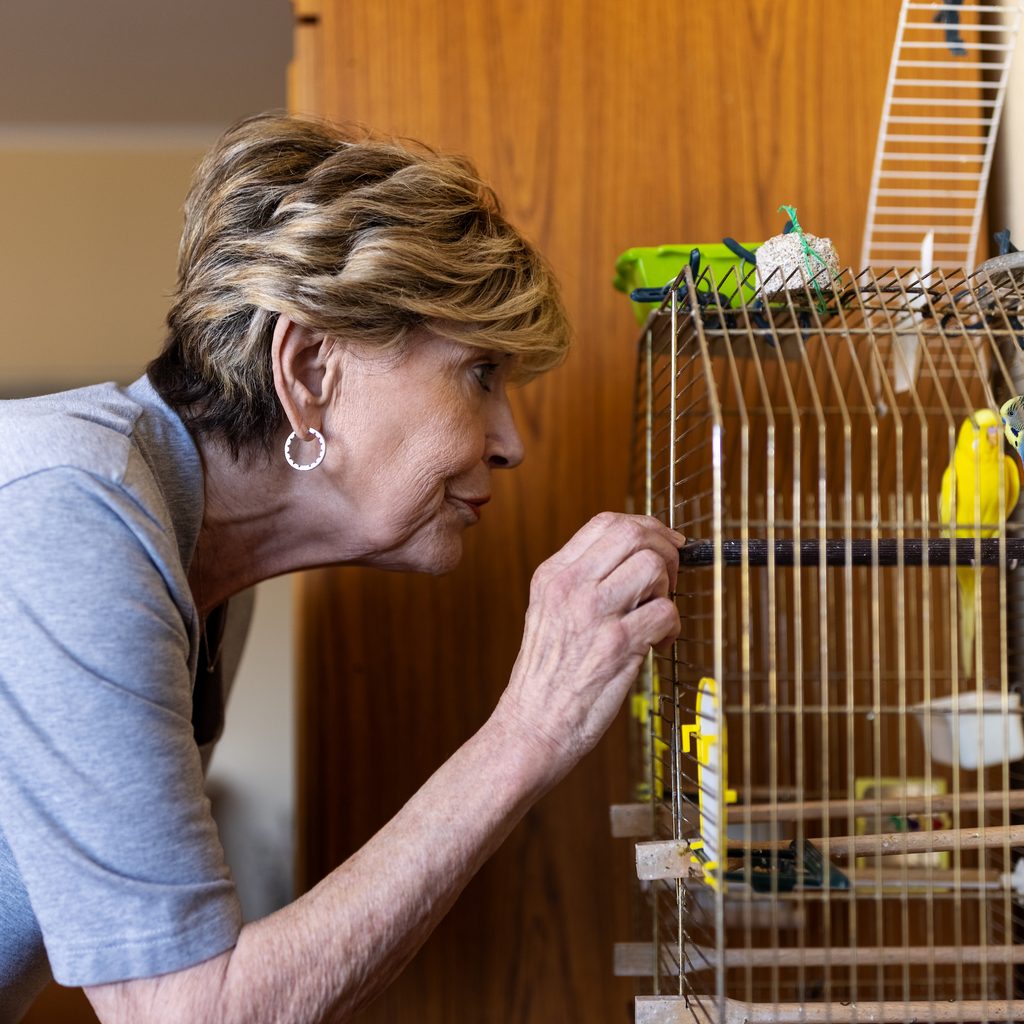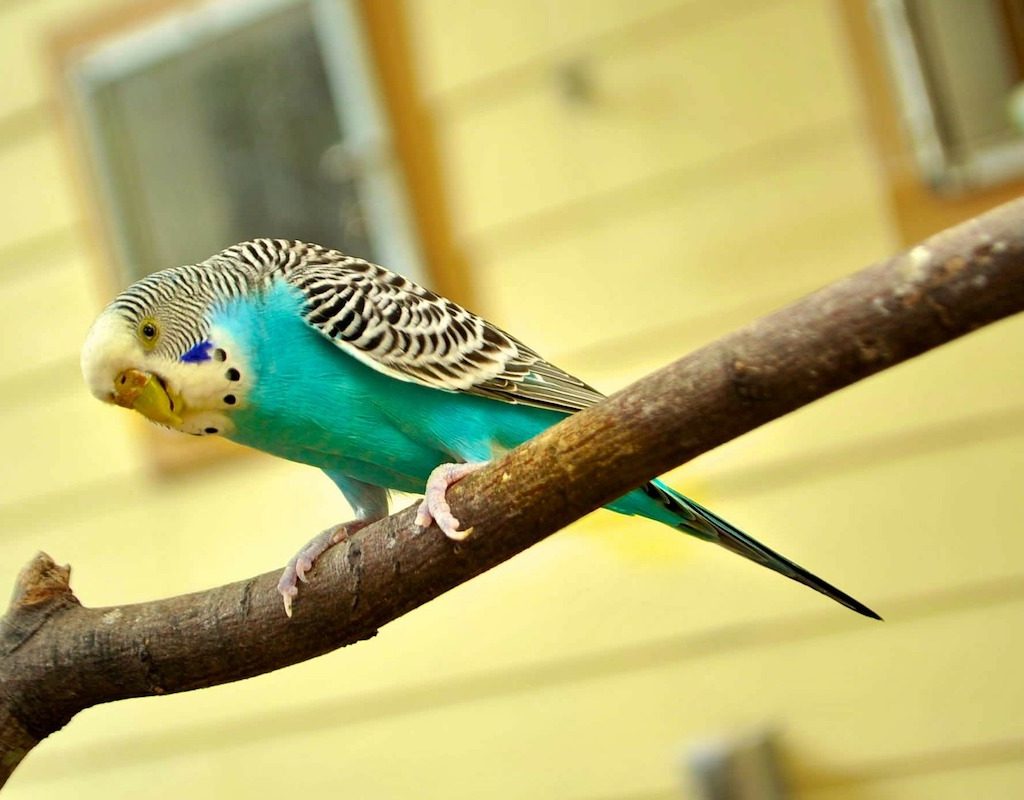Owning a pet involves training, which requires dedication, time, and the right tools for the job. Even your bird can learn a trick or two, though maybe not quite as many as your border collie. All birds are capable of learning interesting skills if you work hard and stay really consistent. When training an avian, repetition is key, and so is a reward system. Introducing a bird training clicker will streamline this process and can enhance your instruction technique for faster and better results. Here’s how to implement a click training regimen for your pet that works for both of you.

What do you need for training?
First, you need that all-important bird training clicker. Don’t just grab any household item as this project really does require a proper clicker which is something you can carry around that makes a clear but quiet sound. Birds have good hearing so there’s no need to overdo it. As silly as it sounds, break in your instrument and practice timing while out of the hearing range of your flyer. For this type of training to be effective, birdie needs an incentive, and that means treats. Only you know what will motivate your pet, but try something that can be doled out quickly, easily, and often, like fruit or oats.
How do you get started?
If you unbox your clicker and just start pressing the button, your bird will have no idea what that sound means. The clicker training style only works when your animal associates the button with a reward. Step one establishes the clicker sound as a sign that good things are to come. The trick here is timing, as you need to give your bird the treat right after he hears the click. Keep this up until it becomes clear that he expects a snack when he hears the sound, suggesting he understands the concept. It is helpful to stop for a couple of days then come back to it to ensure that it has stuck. Wait to start on the actual training until after you’ve completed this essential step.
Is clicker training bad for birds?
Clicker training is not at all bad for birds. In fact, this training method works great for just about any trainable pet. Think of it as a positive reinforcement model. You only click and reward when the trainee performs the desired action. In other words, every time you see him do his trick or behave properly, you give him a treat so he becomes conditioned to it. This isn’t about chastising or redirecting, and the clicker should never be used for anything negative as that will confuse your bird and can even cause regression. Additionally, stay calm throughout and never show it if you’re feeling frustrated. The last thing you want is to make your feathered friend think that stress or unhappiness surrounds this process, which will turn him off from it right away. Training sessions should be kept short and should end if either party gets fed up.

What tricks can my bird learn?
Once you have your stage set, the fun begins! When your bird learns cool tricks it can be as exciting for you as it is for him. Armed with your clicker (and snacks of course), it is time to begin the event you’ve been preparing for. Even though you’ve been building up to this, keep it simple at first and grow from there. For example, starting with small wing and foot movements serves as a good stepping-off point for more complex maneuvers.
Remember that you shouldn’t be handling your bird much during training because he needs to perform the motion independently in order to learn it. Instead, guide him using snacks and your clicker into increasingly complex acrobatics, either physical or verbal. Consider working up to turning around, waving, fetching, dancing, and coming when you call. For an extra ambitious project, try potty training your bird. Just like us, he may take to some things more quickly than others. Follow his lead and double down on what comes naturally to him.
Strengthen your bond with your bird
Going through training together isn’t just about getting your bird to wave hello and goodbye; it’s also a bonding experience. By the end of your first week, you’ll feel closer than ever to him, and he’ll be learning to trust you even more. It does help to start with a hand-raised bird who will have a deeper comfort level, but you can adjust training to your bird’s temperament easily. Honestly, with this device in hand, you can get him to learn just about anything you both set your minds to.



